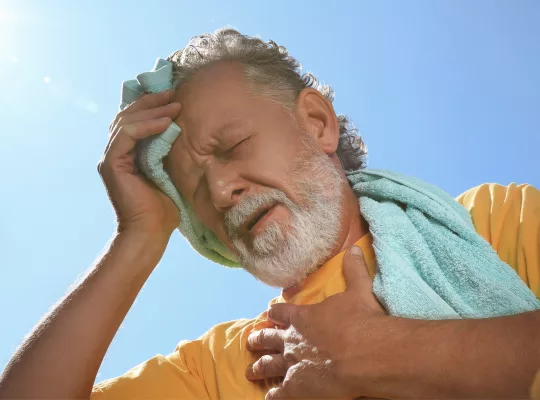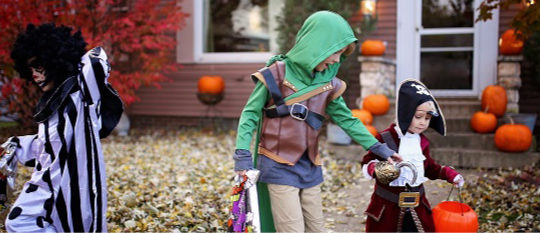Our pets are beloved members of our families. Their safety and well-being is important to us. When they’re hurt, we want to be able to help them get better as soon as possible. Below we’ve outlined some pet emergencies and the best practices to help your pet recover quickly.
Bite Wounds
If your pet has suffered a bite wound from another animal, approach the pet carefully. Your pet has just been extremely wounded and may still be in fight mode; you want to avoid getting bitten as well. Muzzle the animal to allow examination of the wound. Check for contamination or debris in the wound. Clean it with saline to get rid of the debris and help ward off infection. Apply pressure to any continuous bleeding and wear gloves if possible. Even with proper attention, bite wounds often become infected and need a professional’s attention. Call your veterinarian immediately once the wound is assessed.
Breathing Stops
If you find your pet unconscious check their breathing first. If they’re not breathing, call your veterinarian immediately. You can perform pet CPR; however, resuscitation, even done by a professional, has a very low success rate overall.
Burns
If your pet has singed hair or appears to have blisters or irritated skin, they may have been burned. Common types of burns are heat, electrical and chemical. No matter the type of burn, flush the burn immediately with large amounts of cool, running water. Apply a cold pack for about 15 minutes; wrap the pack in a light towel or other type of covering.
If dry chemicals appear to be on the pet’s skin or fur, brush it off and don’t flush the burn with water. Water may activate some dry chemicals. Call your veterinarian immediately to determine their follow up needs.
Bleeding
Detect the source of bleeding. If there’s a foreign object in the wound, DO NOT REMOVE the object; it could cause more bleeding. If there’s no debris in the wound, apply direct pressure with a cloth or bandage over the bleeding area for at least 10 continuous minutes to ensure clotting. If the bleeding does not stop, your pet may be hemorrhaging or may need stitches. Seek a veterinarian’s support immediately.
Poisoning
Pets eat many things they shouldn’t. If they accidentally eat or swallow something that may have poisoned them, symptoms include: vomiting, convulsions, diarrhea, extreme salivation, weakness and pain. Be sure to document what the pet ingested and how much. Call your vet or the poison control center for further instructions on how to handle your pet’s condition. Do not induce vomiting.
Vomiting
Withhold food for 12 to 24 hours. Keep your pet hydrated by feeding it ice cubes several hours after the vomiting stops and gradually introduce more water and food into their diet again over 24 hours.
References
AAHA: Pet Owners Answers From Experts



